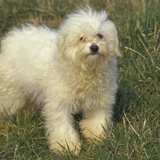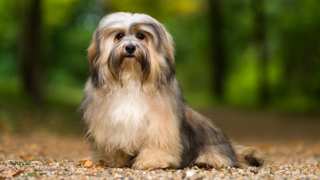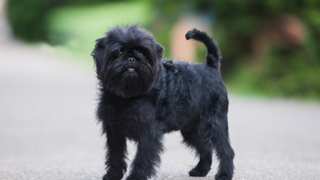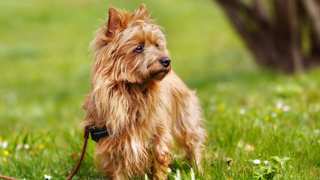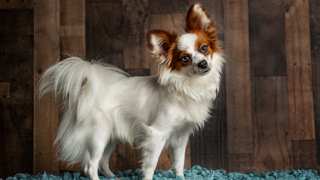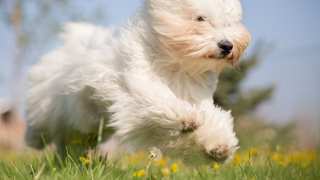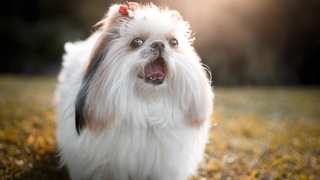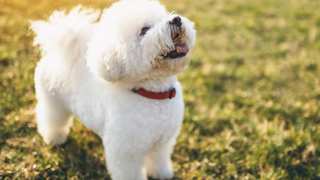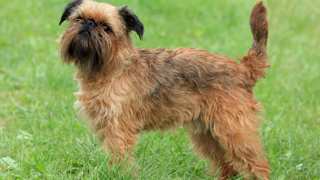The Bolognese diet should include animal proteins and carbohydrates, vitamins and minerals, and omega fatty acids--nutrients every dog needs to maintain its health in the long term. This mean the best Bolognese food is premium dry kibble, as it contains balanced portions of the above-listed ingredients.
An adult Bolognese will only need about a cup of premium dry kibble per day, divided into two meals. Puppies will need a bit less: depending on age, about ¾ cup per day, divided into three meals (not two) until six months of age.
For more info on feeding a Bolognese from puppyhood through maturity, reference this chart:
Dog AgeDog WeightFood TypeAmountFrequency7 Weeks1½ lbsDry (Puppy formula)4-6 pieces3x/day10 Weeks3 lbsDry6-8 pieces3x/day5 Months6 lbsDry0.25 cups3x/day8 Months9 lbsDry* (Puppy/Adult)0.4 cups2x/day10 Months+11 lbsDry (Adult formula)0.5 cups2x/day*--Around this time, transition to adult food by first mixing in a bit of adult formula with the puppy formula. Over the course of a week, with each meal add a little more adult food to the mixture, until the dog is eating it entirely.
Try if possible to stick to the above-listed portions. If constantly overfed (and under-exercised), these dogs can become obese--and a fat Bolognese will have numerous health problems and a shortened lifespan. Control your Bolognese's weight by having consistent feeding schedules, by not feeding the dog table scraps, and by not leaving food in the dog's bowl all the time.
If you're worried your Bolognese is overweight, here's a test: run a hand along the dog's side, and if you can't feel any ribs, it's diet time--which means more exercise and less food.
